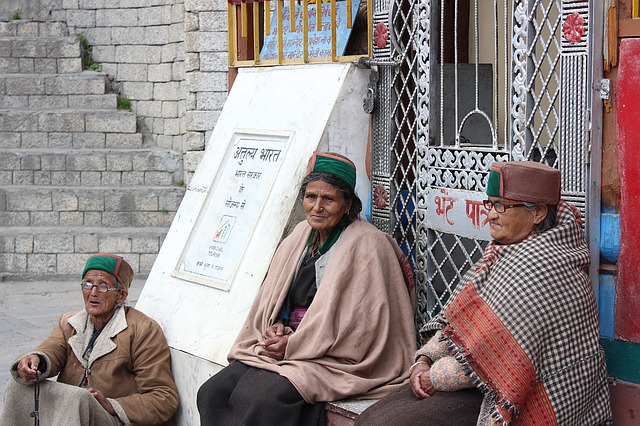River Satluj that originates in Eastern part of Tibet flows into Himachal Pradesh to create two distinctive cultures and populations on its either side. People living on the northern side, or the right bank, of the river, are known to be brutal in their political choices and don’t retain their elected representatives often.
This year’s election to the 68-memeber assembly of the hilly state in Northern India, was no different. Two districts on the north bank of the river —Mandi and Kangra collectively hold 25 seats, or 36 percent of the seats in the state. The BJP won 20 seats of its tally of 44 from these two districts. In 2012 it had won just eight of the 25 while the Congress had won 15.
Kangra District – known for its tea gardens, the picturesque cricket ground at Dharamshala and the headquarters of the Central Tibetan Administration – has 15 assembly segments and 11 voted for the BJP, the Congress got three and an Independent managed one. In the 2012 polls, the Congress had won 10 Assembly segments in the district and the BJP got three.
In Mandi, the BJP won nine out of 10 seats while an Independent, defeated the BJP minister and former speaker Gulab Singh Thakur. In 2012, the Congress and BJP had shared honours equally.
Historically the princely states on the north of the river were once part of Ranjit Singh’s Sikh Kingdom which the British won over in 1849. The population is a mix of Sikhs, Rajputs, upper caste Hindu Punjabi’s and after 1947 a smattering of refugees from West Pakistan. The south parts were not part of Sikh empire and Shimla — the summer capital of the British Raaj – is also on the southern flank of the river. The southern flank is dominated by Rajput clans and is the apple-belt of the state. Samuel (later Satyanand) Stokes an American, who started planting the Apples in Himachal Pradesh.
Sickle cuts the lotus. CPM makes first win in 24 years
Outgoing Himachal Pradesh Chief Minister Virbadhra Singh, 83 years, is wily politician. Addressing a rally about his own party candidate Deepak Rathore, a Rahul Gandhi acolyte, at Theog, he notably remarked: “If you can’t pluck the lotus with a hand (the Congress party symbol) use the sickle”. Many saw this as an endorsement for the CPI(M) — sickle being part of the symbol of the Left party. The Left candidate, Rakesh Singha won defeating three-time MLA Rakesh Verma of BJP with a margin of 1,983 votes, while Rathore ended third. This is the first time, in 24 years, that the Left has won in the state Assembly. Singha had won from Shimla (Urban) in 1993. He is a nephew of 90 years old Congress stalwart Vidya Stokes, the youngest daughter-in-law of Samuel Stokes.
Family fortunes swing
Congress Chief Minister Virbhadra Singh and his son Vikramaditya Singh are the oldest and youngest members of the state Assembly. Virbhadra Singh has won for the ninth time while 29-year-old Vikramaditya has made a debut from the Shimla (Rural) constituency, vacated by his father.
In the BJP, twice Chief Minister and now CM candidate Prem Kumar Dhumal lost from Sujanpur Assembly to his own protégé Rajinder Singh Rana, a second-time MLA. Rana had shifted loyalities to the Congress and runs an NGO ‘Sarv Kalyankari Sansthan’. For BJP young turk and MP Anurag Thakur, it was double whammy. Not only did his father, Dhumal, lose, his father-in-law, Gulab Singh Thakur, a seven-time MLA, also lost.
In Solan, Dhani Ram Shandil Minister for Social Justice and Empowerment in the Congress government, was among the few ministers who had retained his seat. He defeated his own son-in-law Rajesh Kashyap of the BJP by 671 votes. One of Shandil’s daughter Dipali had joined him in his poll campaign while his younger daughter Gitanjali was lending support to her husband.
–ends—


Be First to Comment